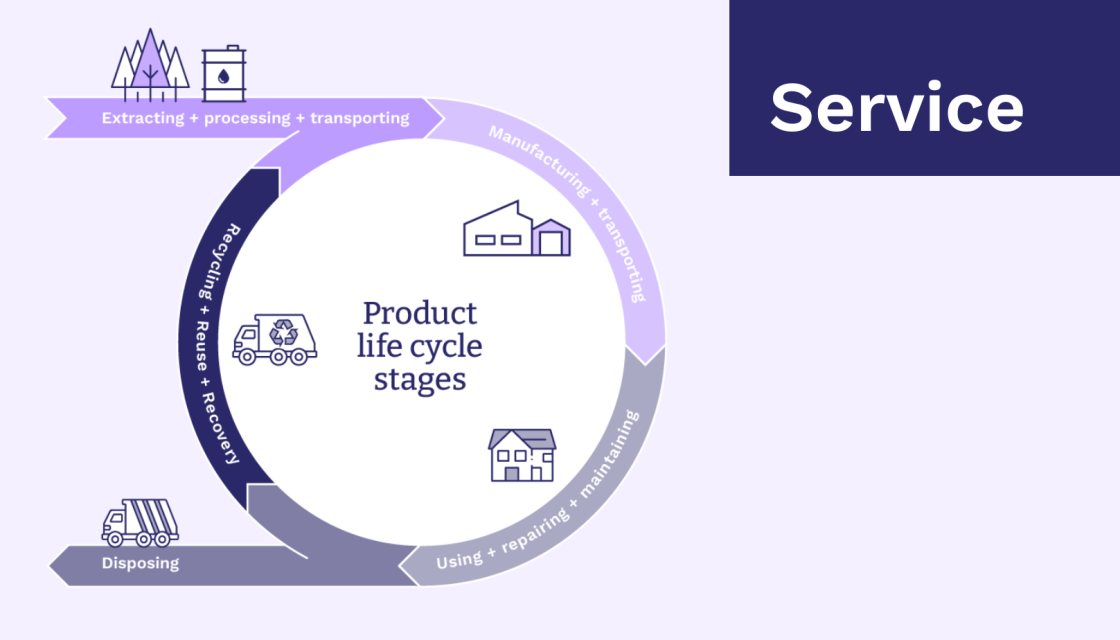
This blog is based on a thinkstep-anz webinar with Kate Meyer, founder of the Planetary Accounting Network. Kate is also Business Director Sustainability at consulting engineers Beca.
‘Planetary Accounting is a prescription for a planet in crisis.’
How would you feel if you left your doctor’s surgery with bad news (‘Your chest pains are a sign of advancing heart disease’) – and nothing more? No advice to cut back on your calories or start striding the streets. No recommendation to come back regularly for a check-up. In fact, no prescription at all, green or otherwise. Chances are you’d come away feeling worried, confused, overwhelmed and most likely a mix of all three.
According to Kate Meyer, that doctor’s visit is a metaphor for the global environmental crisis. Unless you’ve been hiding under a rock, you’ll know the diagnosis: our planet’s in a critical state and it won’t fix itself. But do you know the prescription you (and every other person, organisation, region, and country) need to follow to restore our planet to health? We thought not.
Enter Planetary Accounting. It provides science-based environmental targets that translate the global challenge into actions we can all take to conserve and restore Planet Earth.
Here’s how Planetary Accounting works.
1. Planetary Accounting starts with science. Underpinning Planetary Accounting is a set of nine global environmental limits known as ‘planetary boundaries’. These boundaries set limits within which humanity can continue to develop and thrive for generations to come. They were launched in 2009 by twenty-eight internationally-renowned scientists associated with the Stockholm Resilience Centre at Stockholm University.
2. Planetary Accounting looks beyond carbon. These are the nine planetary boundaries.
- Climate change
- Change in biosphere integrity (loss of biodiversity and species becoming extinct)
- Stratospheric ozone depletion
- Ocean acidification (this causes issues like algal bloom)
- Biogeochemical flows (the phosphorous and nitrogen cycle so important for agriculture)
- Land-system change (including deforestation)
- Freshwater use (water scarcity is a big issue in many parts of the world)
- Atmospheric aerosol loading (microscopic particles affect climate and living organisms)
- Introduction of novel entities (these include synthetic organic pollutants and radioactive materials)
3. Planetary Accounting links the global and the local. Planetary Accounting translates the global environmental limits (planetary boundaries) like ozone depletion and biodiversity loss into science-based, environmental budgets that promote action at local, national, and regional levels.
We already have science-based targets for carbon that help individual businesses contribute to global climate change goals. Planetary Accounting introduces similar targets (based on budgets) for the other eight boundaries.
4. Planetary Accounting focuses on action. The nine planetary boundaries define the size and urgency of the task ahead – but not what we need to do. Planetary Accounting’s environmental budgets bridge the gap. They define and support the action needed.
5. Planetary Accounting makes that action measurable and scalable. Environmental budgets tell us how much we need to do. In addition, they can be scaled to guide individuals’, organisations’, regions’, and countries’ day-to-day and strategic decisions. Whatever our level of influence, these budgets can help us understand how much we need to do to play our part.
6. Planetary Accounting focuses on the familiar and provides context for decisions. Environmental budgets work in the same way as financial budgets. They help people manage the impacts of their lifestyles and provide context for the choices they make.
For example: If I cycle to work three days each week, I’ll have enough carbon saved in this year’s budget to do a Sydney to Melbourne road trip in the holidays.
7. Planetary Accounting aims to make it easy for everyone to play their part. Product labels are a good example. Most of us are familiar with nutritional labels which show the amount of (say) protein a food product contains and the percentage of a Recommended Dietary Intake (RDI) (say Vitamin C) it provides.
Product labels could contain similar information to support our environmental budgets. They could help us compare within and across categories of products and services.
For example: This product contains 0.25% of your annual budget for deforestation and 0.33% of your annual budget for ocean acidification.
8. Planetary Accounting supports other frameworks. There are many ways to frame the environmental challenge we face and many tools to help us make progress. These include the United Nations’ Sustainable Development Goals (global level), Australia’s wellbeing framework (national level), Auckland Council’s one million trees targets (local level) and projects and targets supported by businesses, suburbs and even streets across Australia and New Zealand (super-local level).
Concepts like circular economy are relevant too: the quota for net imperishable waste is zero and it’s only achievable in a circular economy. Planetary Accounting can support all these frameworks and activities.
9. Planetary Accounting could support social boundaries too. While social outcomes are notoriously difficult to measure, Planetary Accounting could set social budgets locally, regionally, and nationally to support them.
For example: a global concern (say, eliminating poverty) could be tackled using local, regional, and national budgets that connect people with meaningful work and training.
10. Planetary Accounting is sensitive to culture. While the boundaries themselves are the same across cultures (they’re a ‘safe operating space’ for humankind), the way we apply and talk about the boundaries will differ by culture.
More information
The Planetary Accounting Network is a globally-focused charitable trust based in Wanaka, New Zealand
December 2021



